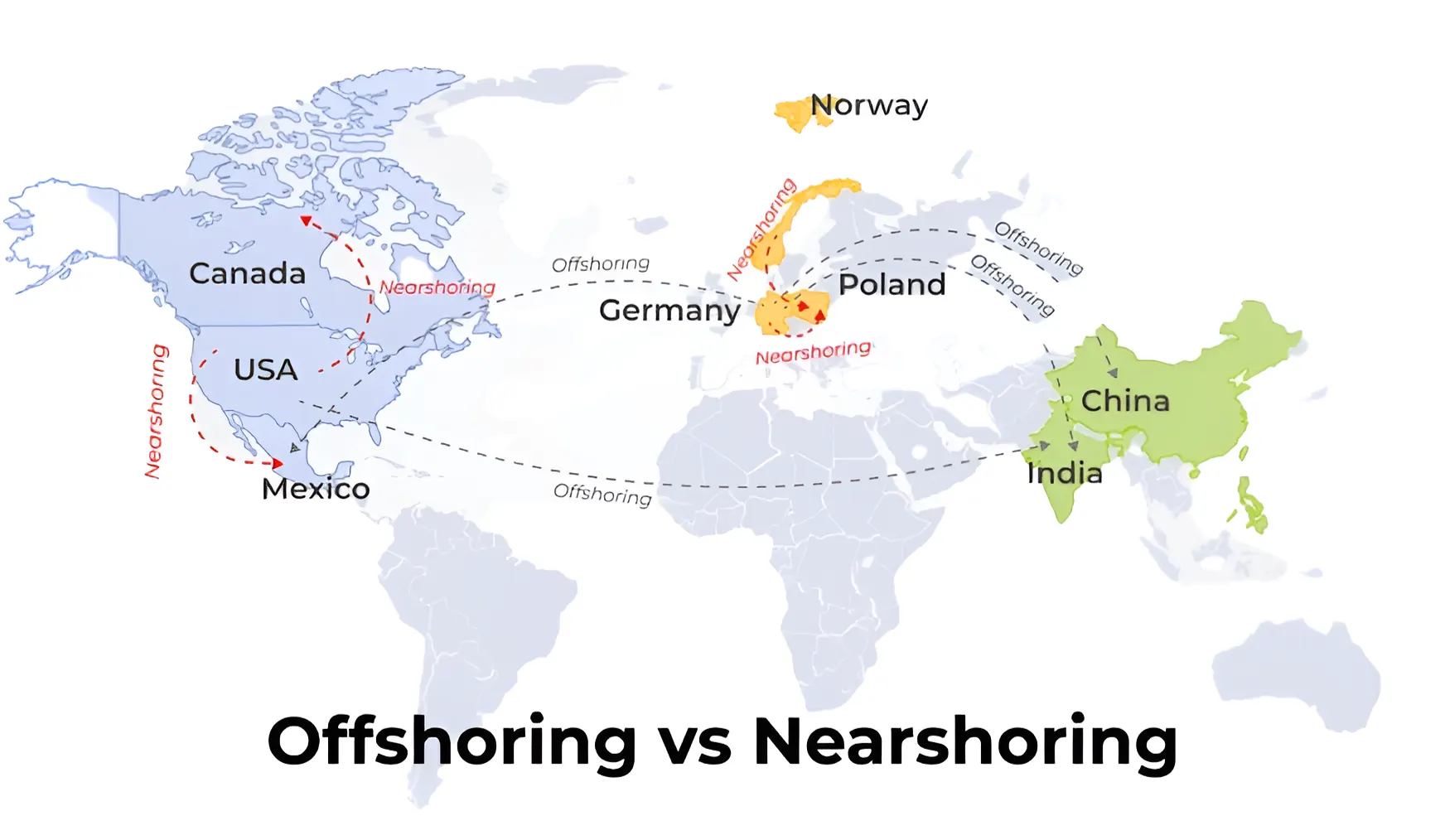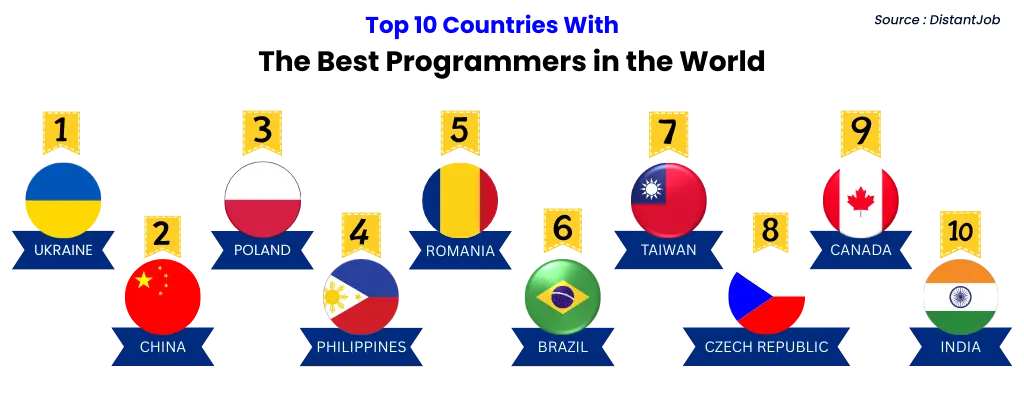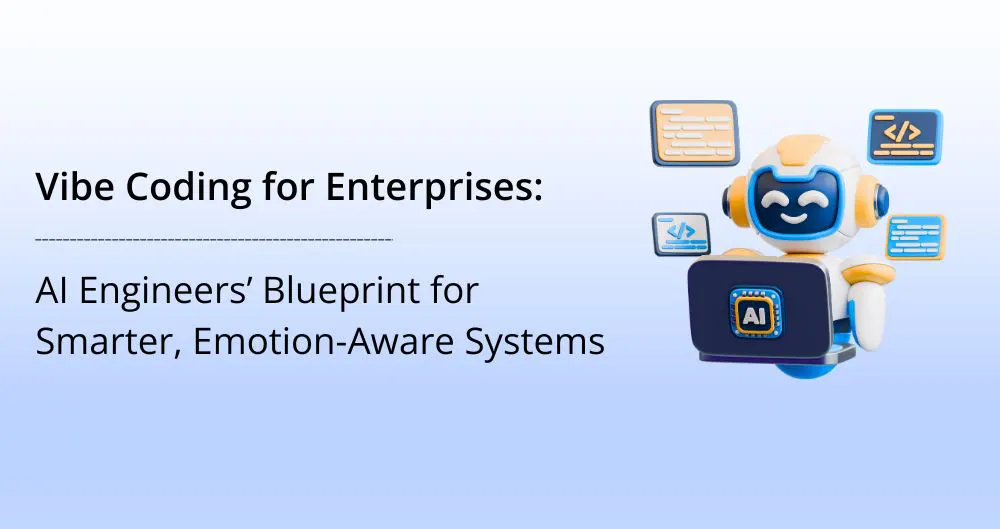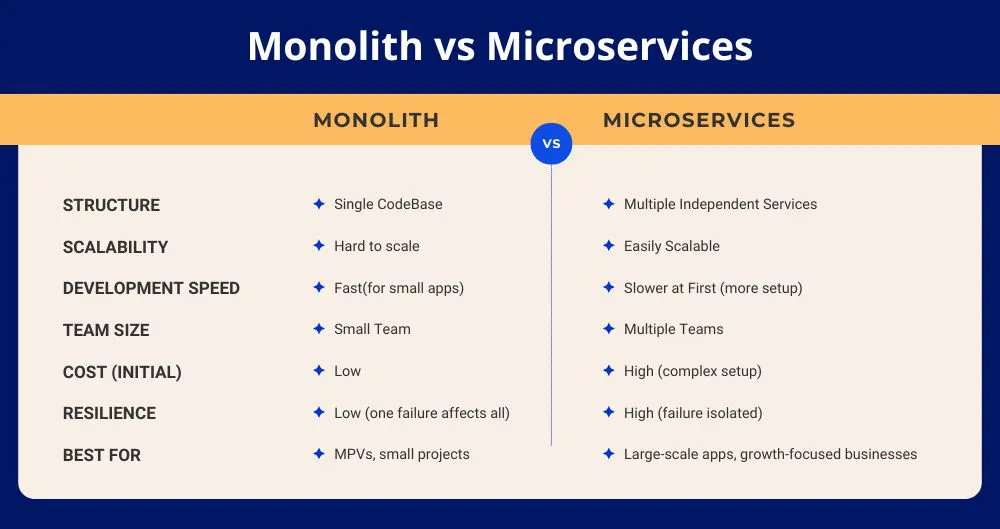April 30, 2025
Outsourcing has long been a staple in the world of digital engineering, yet the question of choosing the right model still lingers. Many companies thrive with offshore teams, tapping into global talent to power their products. On the flip side, nearshoring offers a compelling alternative — cost-effective development with the added benefit of geographic and cultural proximity.
So, when it comes to your software development needs, which model truly makes the most sense?

Outsourcing Unpacked: Choosing Between Onshore, Nearshore, and Offshore
When it comes to outsourcing, location is a key factor, and generally, businesses have three options: onshore, nearshore, and offshore models.
Onshore outsourcing involves partnering with vendors within your own national borders. For example, a U.S.-based company might contract a software development firm based in another U.S. city. Before the pandemic, this approach was the go-to for many companies, thanks to the convenience of working in the same legal, cultural, and time zones.
However, the shift to remote and hybrid work post-2020 flipped the script. Distributed teams became the norm, and budget-conscious businesses started looking beyond borders. The cost advantage was impossible to overlook—tech talent in countries like Eastern Europe could cost 2–5 times less than their U.S. counterparts.
Fast forward to 2025, and onshoring is seeing a bit of a revival. With growing geopolitical tensions and global uncertainty, many organizations are leaning toward domestic hires to reduce risk. Still, a new challenge has emerged: the local talent pool is thinning, and even generous salaries aren’t enough to close the skills gap.
That’s where nearshore and offshore outsourcing models come in—and they’re the focus of this article.
Nearshoring means outsourcing development to a neighboring or nearby country, often within a similar time zone—where labor costs are lower. A common example? A U.S. tech company is partnering with a vendor in Mexico. Nearshoring offers a sweet spot between cost efficiency and operational alignment.
Offshoring, on the other hand, involves shifting operations to a more distant location, often several time zones away, with significantly reduced labor costs. For instance, a U.S. company might offload software development to teams in Eastern Europe or South Asia.
Each model has its trade-offs, and in the next sections, we’ll break down how to choose the best fit for your software development needs.

The Nearshore vs Offshore Showdown: 5 Categories, 1 Winner
Simply looking at the definitions of nearshoring and offshoring doesn’t provide enough insight into which model best fits your unique business needs. That’s why we’re breaking down both options to help you make the smartest choice.
1. Cost Efficiency
When it comes to pricing, there’s no definitive winner in the nearshoring vs offshoring debate—it all depends on the location. Looking at the most popular outsourcing destinations, most fall within the $40-$60 per hour range. India and the Philippines, however, offer some of the lowest rates, around $20-$40 per hour. But here’s the catch…
The unusually low rates in these regions are often due to a higher concentration of junior or less experienced talent. In many low-cost Asian countries, the proportion of junior developers is significantly higher compared to Eastern Europe, where software specialists tend to advance more quickly.
Additionally, opting for the lowest price could lead to compromised quality, missed deadlines, and unmet expectations. So, pricing shouldn’t be the sole deciding factor when selecting a vendor.
2. Communication and Collaboration
When we look at the offshore vs nearshore debate from a communication standpoint, nearshore outsourcing clearly has the edge.
Outsourcing software development to nearby countries allows you to work with teams in similar or slightly different time zones, enabling real-time communication during overlapping working hours.
On the other hand, offshoring typically places your project in a distant time zone, which can create more significant differences in working hours. However, in most cases, these time zone challenges can be easily managed for both nearshore and offshore outsourcing.
With regular check-ins, a solid delivery process, a well-coordinated development flow, and access to modern collaboration tools, time zone differences are no longer a major obstacle. In fact, numerous successful collaborations between North American clients and Eastern European vendors, coupled with the growth of the Eastern European outsourcing market, demonstrate that these challenges are well within reach.
3. Visa Restrictions and Geographic Accessibility
The option for regular on-site meetings—either at your office or your vendor’s—can play a crucial role in selecting the right outsourcing software development partner. Instead of making your decision based solely on distance, consider factors like visa requirements for the vendor’s country, travel ease and costs, and political stability in the region. Ultimately, ask yourself if you’re willing to travel there regularly.
4. Access to Talent Pool
The key difference in talent access between nearshore and offshore services lies in the concentration of tech experts across different regions. While time zone and geographical proximity are important, the availability of top-tier talent is closely linked to the strength of local education systems.
For instance, Poland ranks third globally for developer talent, with its education system placed fifth in Europe and tenth worldwide. The country also boasts Europe’s largest pool of tech talent, with over 295,000 programmers. The connection here is clear: Poland’s talent pool continues to grow thanks to a steady stream of university graduates entering the workforce.
5. Security and Compliance
It may appear that the responsibility lies with the onshore team in this situation, but that’s not necessarily the case. Both your offshore and nearshore software development teams can meet your rigorous security requirements, provided the vendor’s commitment is backed by security certifications like ISO 27001, ISO 22301, and similar standards. A dedicated, experienced team along with a solid security approach significantly enhances the likelihood of the vendor fulfilling your security needs. Compliance with local regulations is another important consideration. If you’re developing a product that must comply with EU regulations like GDPR, PSD2, and others, choosing a tech partner based in the European Union may be a logical choice due to the legal and financial obligations involved. However, this factor is open to debate, as a vendor’s experience with regulatory compliance often outweighs their geographical location. For large, complex projects or those requiring strict security measures, the choice between offshore and nearshore becomes less significant. With the right tech partner, you can establish a dedicated development center regardless of location. This center would include private office space, controlled access, software access management, and robust network security — all crucial elements to ensure full compliance with your company’s quality standards and protocols.“
— Muhammad Sami, Head of Sales, Techzooni
The Pros and Cons of: Nearshore vs Offshore Outsourcing
Nearshore Outsourcing
Pros
- Real-time communication during business hours.
- In-person meetings and frequent visits.
Cons
- Real-time communication during your business hours.
- In-person meetings and frequent visits.
Offshore Outsourcing
Pros
- The ability to select the most affordable option.
- The opportunity to expand operations worldwide.
- The opportunity to expand operations worldwide.
- A wide range of workforce options.
Cons
- Far Distance
- Insufficient time overlaps
The benefits and challenges of nearshore and offshore outsourcing vary based on a client’s location. For US companies, nearshoring typically means partnering with Latin American firms, while offshoring often involves Eastern Europe or Southeast Asia. British companies may nearshore to Eastern Europe and offshore to Latin America. We’ve outlined the key advantages and challenges of each model, considering the proximity or distance of the outsourcing destination.
What to Consider at a Country Level
While the ideal outsourcing location varies for each business, several key factors apply to all top outsourcing destinations:Proven Outsourcing Destinations
Look for countries that are recognized as leaders in the global IT industry. Established outsourcing hubs typically offer a strong geographic position, a large pool of skilled workers, a favorable investment climate, and modern business infrastructure. A thriving IT sector often indicates government support, with benefits like tax incentives and fewer trade restrictions for foreign companies.Cost-Effective Solutions
Choosing the right outsourcing location helps balance quality and cost. Opt for countries where the cost of living is lower than in developed nations, but the quality of talent and services is still high. Areas with accessible, high-quality education tend to produce a more qualified tech workforce, available at a fraction of the cost.Adherence to International Standards
Ensure the country adheres to international standards and regulations, such as ISO 27001, PCI DSS, and SOX. Non-compliance can lead to project delays, penalties, loss of reputation, data breaches, and other risks.English Proficiency
Effective communication is key to outsourcing success. Choose a location with high English proficiency to avoid language barriers. For instance, Poland ranks 15th globally for English skills, with other European countries following closely.Robust Security and Clear Legal Framework
A successful outsourcing partnership depends on data protection and a transparent legal system. Ideally, select a country with business laws that align with those in your home country. Additionally, consider the tax implications of outsourcing and choose a country with fewer tax burdens.The Choice between Nearshore and Offshore is a Tough One.
The choice between nearshore and offshore outsourcing ultimately depends on your specific goals and the perspective you bring to each option. Both models offer valuable opportunities for companies seeking cost-effective, high-quality product development and innovation. The key is in understanding how each approach aligns with your unique needs and the outsourcing location you choose. While each comes with its own set of advantages, they can also present challenges if not executed thoughtfully. What truly matters is the expertise and dedication of your outsourcing partner. A skilled and committed vendor can navigate the complexities of outsourcing with ease, making the entire process smooth and successful.Frequently Asked Questions
1. What is the nearshore software development model?
2. What is an example of nearshore outsourcing?
An example of nearshore outsourcing would be a company in the United States outsourcing its software development to a vendor in Mexico. Both countries are in close geographic proximity, share similar time zones, and offer the advantage of cultural and linguistic similarities, making it easier to collaborate.
3. What is the difference between offshore and onshore services?
Offshore services involve outsourcing to distant countries, often with significant time zone differences, while onshore services involve outsourcing within the same country, offering closer proximity and easier communication.
4. Why is nearshore better than offshore?
Table of Contents
- Outsourcing Unpacked: Choosing Between Onshore, Nearshore, and Offshore
- The Nearshore vs Offshore Showdown: 5 Categories, 1 Winner
- The Pros and Cons of: Nearshore vs Offshore Outsourcing
- What to Consider at a Country Level
- The Choice between Nearshore and Offshore is a Tough One.
- Frequently Asked Questions
- Related Articles
- Vibe Coding for Enterprises: AI Engineers’ Blueprint for Smarter, Emotion-Aware Systems
- Microservices vs Monolith: Which Architecture is Right for Your Project?
- Avoiding Pitfalls: Why Enterprise Projects Fail and How to Stop It

Why Trust Techzooni?
Related Articles
Vibe Coding for Enterprises: AI Engineers’ Blueprint for Smarter, Emotion-Aware Systems
Imagine a future where building software feels a bit like having a conversation. You tell your system what you want in plain English. Behind the scenes, intelligent agents spin up code, run tests, refactor, and even suggest improvements. That’s the world of vibe...
Microservices vs Monolith: Which Architecture is Right for Your Project?
Imagine that you’re opening a new restaurant. You could either rent one big hall where the kitchen, storage, and dining all happen in the same space—or you could design separate sections: a kitchen, a pantry, a dining area, and a drive-thru. Both setups can serve...
Avoiding Pitfalls: Why Enterprise Projects Fail and How to Stop It
Every successful software project starts with one key step: understanding why so many others fail. Large-scale enterprise initiatives are ambitious, but they often run into hurdles that derail progress. Research from Deloitte shows just how common this is. Among...



